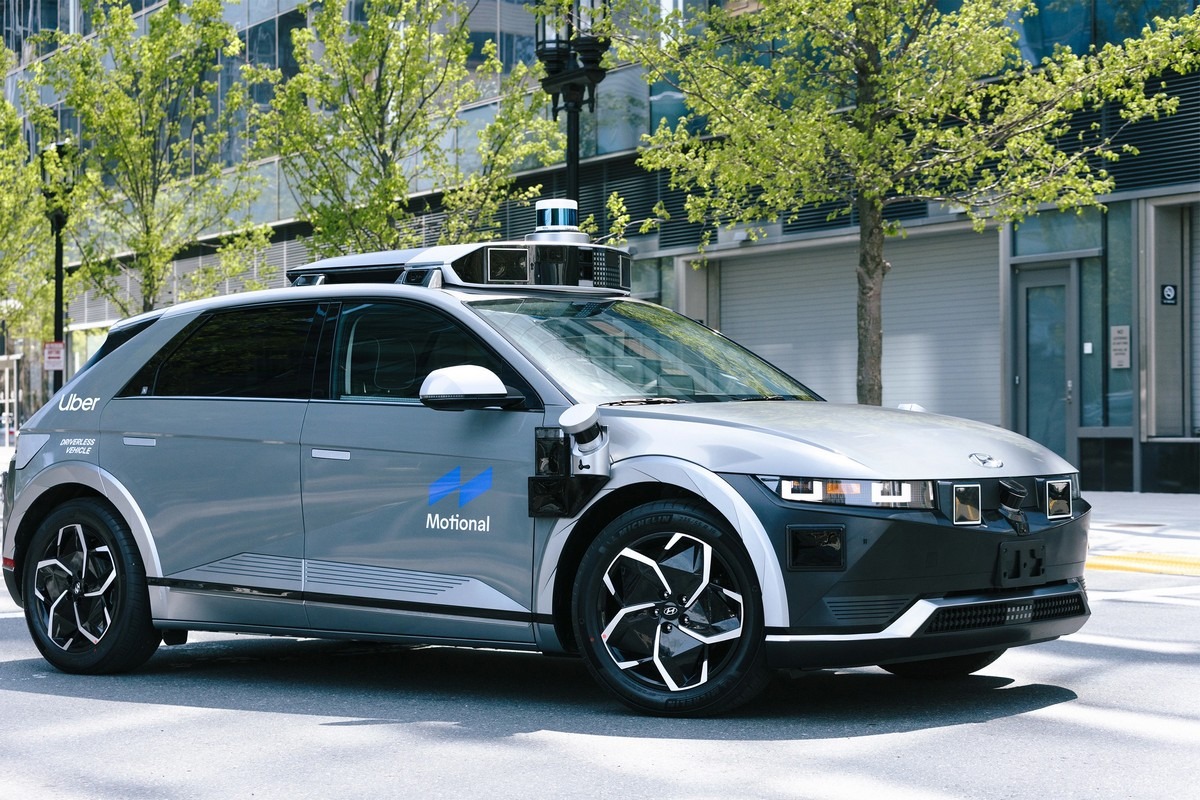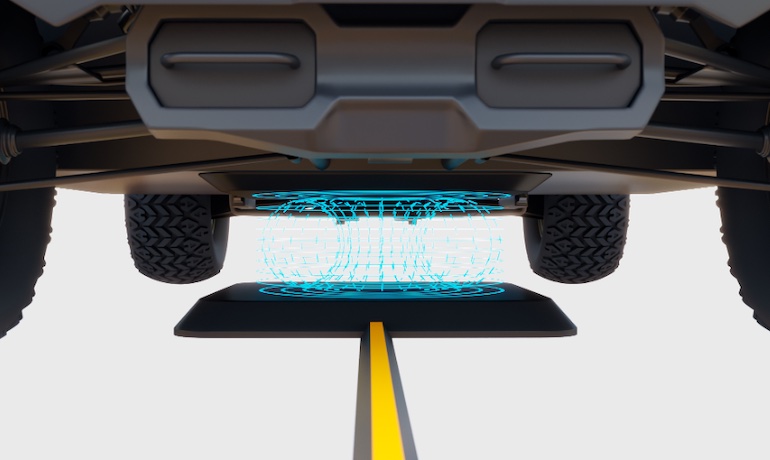Researchers at Singapore's National University have developed eAir, a pressure sensor mimicking lotus leaves' water resistance for enhanced medical sensing. Overcoming limitations of conventional devices, eAir provides improved precision and reliability.
Standard pressure sensors often struggle with accuracy and consistency, giving inconsistent readings or missing subtle changes. They also typically employ rigid, inflexible materials.
The NUS team drew inspiration from lotus leaves' tiny structures that repel water droplets. By reimagining this effect for sensing, eAir contains a trapped air layer forming an air-liquid interface when contacted. External pressure compresses the air, with frictionless interface movements generating electrical signals matching the applied pressure.
As associate professor Benjamin Tee explained, the sensor acts like a miniature capacity meter, sensitively detecting minute pressure fluctuations like lotus leaves' response to water droplets. The millimeter-scale devices match existing sensors' size.
Potential applications include enabling tactile feedback for laparoscopic surgery. Surgeons currently rely on vision without touch feedback on grasped tissues. eAir could provide critical missing grip pressure information.
For neurological conditions, the sensor offers a minimally invasive means to monitor intracranial pressure. This could significantly improve patient experiences managing severe headaches, potential brain damage and more.
Published in Nature Materials, the bioinspired sensor demonstrates how nature's innovations can be reimagined to advance medical technology. By mimicking the lotus leaf, the team created a highly sensitive and reliable pressure sensing platform poised to enhance surgical procedures, neurology care and more.


















